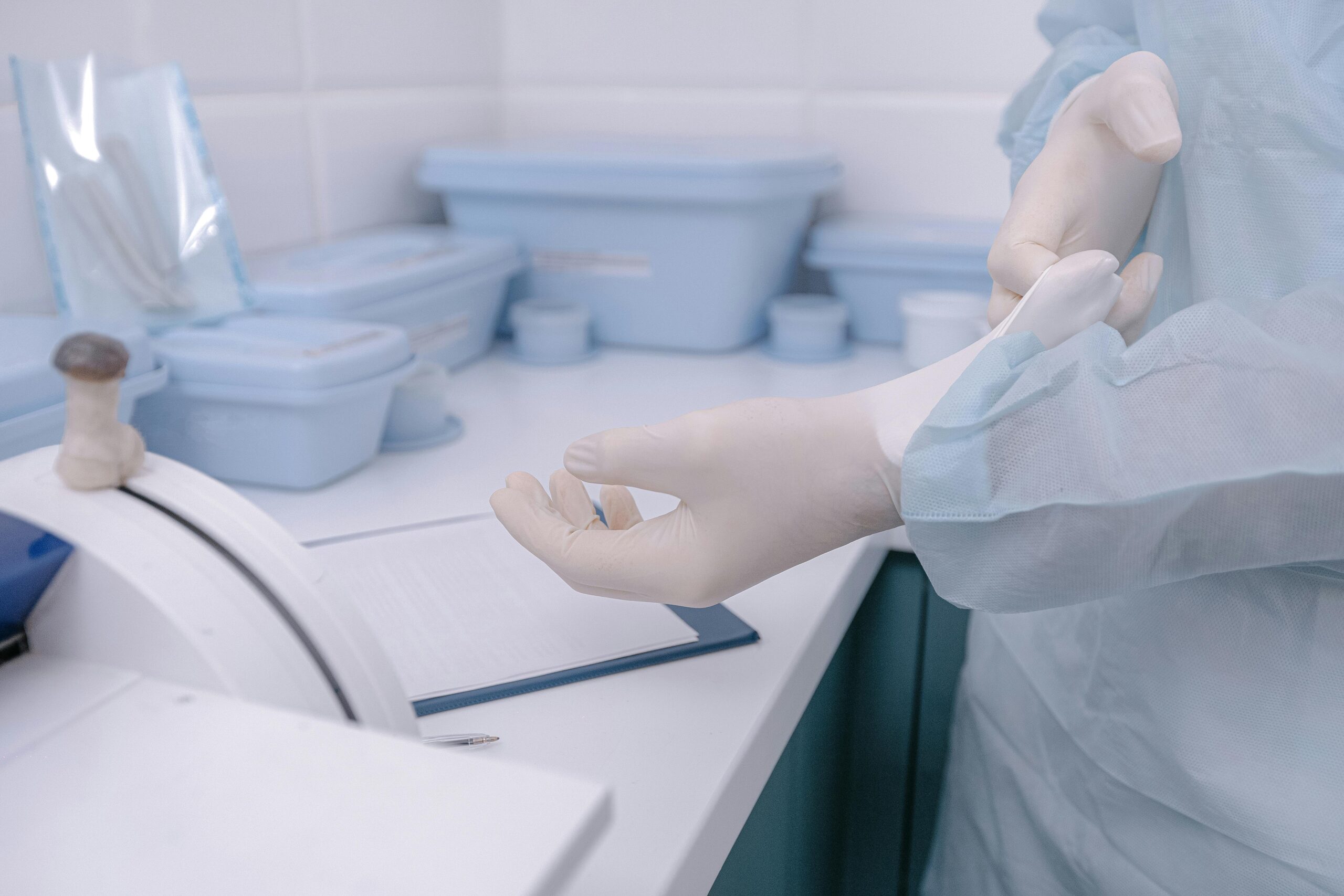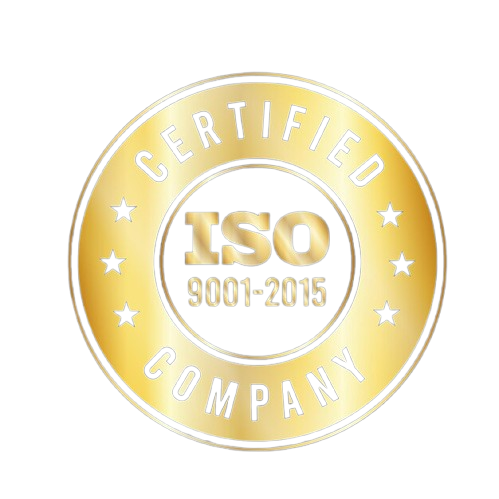Ensuring GMP Compliance in Cleanroom Design: Essential Guidelines for High-Quality Production
In industries like pharmaceuticals, biotechnology, and medical device manufacturing, cleanrooms must adhere to strict standards to prevent contamination and ensure product quality. One of the most critical frameworks governing these spaces is Good Manufacturing Practice (GMP) compliance, which sets the standards for cleanliness, operational control, and environmental monitoring. Designing a GMP-compliant cleanroom requires a meticulous approach to meet these guidelines and provide a sterile environment for production.
This article explores how to design a GMP-compliant cleanroom, from layout and materials to HVAC systems and personnel protocols, ensuring your facility supports quality, compliance, and safety.
What is GMP Compliance in Cleanroom Design?
Good Manufacturing Practice (GMP) compliance is a set of regulations aimed at ensuring that products are consistently produced and controlled according to quality standards. In cleanroom design, GMP compliance covers a range of factors, including air quality, contamination control, environmental monitoring, and personnel protocols, to minimize risks that can affect product safety and quality. GMP-compliant cleanrooms are critical in sectors where the risk of contamination could have serious implications, such as pharmaceuticals, food production, and healthcare.
Key Considerations for GMP-Compliant Cleanroom Design
Creating a GMP-compliant cleanroom involves more than just constructing a sterile space. It requires strategic planning, careful material selection, and adherence to operational protocols to maintain high cleanliness levels. Here are the essential elements to consider:
1. Cleanroom Classification and Air Quality Standards
The design of a GMP-compliant cleanroom begins with determining the cleanliness level required for your application. ISO classifications, as defined by ISO 14644, outline different cleanliness standards based on airborne particle count. GMP standards align with these ISO classifications, typically requiring compliance within ISO Class 5 to ISO Class 8.
- ISO Class 5: This level, often required for aseptic filling in pharmaceutical production, allows a minimal number of particles, demanding a stringent contamination control system.
- ISO Class 7 and 8: These classifications allow for higher particle counts, suitable for packaging or storage rooms in GMP-compliant facilities.
Selecting the appropriate cleanroom classification ensures the cleanroom meets air quality standards for the intended processes.
2. High-Quality Air Filtration Systems
Maintaining air purity is crucial for preventing contamination in GMP-compliant cleanrooms. HEPA (High-Efficiency Particulate Air) and ULPA (Ultra-Low Penetration Air) filters are used to capture airborne particles and maintain cleanroom classifications.
- HEPA Filters: These filters remove 99.97% of particles as small as 0.3 microns, which is effective for most GMP-compliant cleanrooms.
- ULPA Filters: ULPA filters trap particles down to 0.12 microns, ideal for cleanrooms requiring stricter particle control.
- Regular Maintenance: Filters should be routinely checked and replaced to maintain clean air standards and prevent filter degradation.
A well-maintained filtration system is essential for maintaining GMP compliance, ensuring the cleanroom meets air quality requirements consistently.
3. Optimized Airflow and Pressure Control
Proper airflow and pressure control are fundamental to GMP-compliant cleanroom design, as they prevent airborne contaminants from entering critical areas.
- Laminar Flow: Laminar (unidirectional) airflow, commonly used in higher-class cleanrooms, directs filtered air in a straight path to sweep contaminants out.
- Turbulent Flow: Lower-class cleanrooms may use turbulent (non-unidirectional) airflow to circulate air evenly, meeting less stringent contamination requirements.
- Positive and Negative Pressure: Positive pressure is used in critical areas to prevent contaminants from entering, while negative pressure can be employed in areas handling hazardous materials to keep contaminants contained.
GMP compliance requires maintaining these airflow systems to control contamination effectively.
4. GMP-Compliant Layout and Zoning
The layout and zoning of a GMP-compliant cleanroom directly impact contamination control and workflow efficiency. A well-organized layout separates activities based on cleanliness requirements, reducing contamination risks.
- Defined Zones: Establish different zones for varying cleanliness levels, creating a buffer between critical and less critical areas. Each zone should have dedicated entry points to maintain isolation.
- Controlled Entry and Exit: Strategically position entry points, gowning rooms, and air showers to minimize personnel movement across cleanroom zones.
- Clear Material and Personnel Flow: Design the layout to support smooth material and personnel flow, ensuring that clean and non-clean areas are distinct and contamination risks are minimized.
By implementing a clear zoning strategy, cleanrooms can maintain GMP compliance and streamline operations, particularly in high-traffic environments.
5. Material Selection for Walls, Floors, and Surfaces
GMP-compliant cleanrooms require non-porous, easy-to-clean materials that resist contamination. Commonly used materials include:
- Walls and Ceilings: Stainless steel, epoxy-coated surfaces, or prefabricated cleanroom panels provide smooth, non-shedding surfaces that prevent particle buildup.
- Flooring: Non-porous materials like vinyl or epoxy resin are ideal for floors, as they can withstand frequent sterilization without cracking or warping.
- Doors and Windows: Use double-glazed, hermetically sealed windows and airtight doors to maintain pressure control and prevent contamination.
These durable, contamination-resistant materials support GMP compliance by creating an environment that is easy to sterilize and maintain.
6. HVAC Systems and Environmental Monitoring
HVAC systems play a critical role in cleanroom design, regulating temperature, humidity, and air pressure to support contamination control. Environmental monitoring systems track these factors to ensure they remain within acceptable GMP standards.
- Temperature and Humidity Control: Consistent temperature and humidity levels prevent microbial growth, ensuring that environmental conditions meet GMP standards.
- Real-Time Monitoring: Use monitoring equipment to continuously measure particle levels, microbial presence, and environmental conditions, ensuring that cleanroom standards are maintained.
- Data Logging: Maintain records of monitoring data for audits and GMP compliance, as regulatory bodies require documentation of environmental controls.
Proper HVAC and monitoring systems are essential for maintaining a consistent environment, minimizing risks of contamination and ensuring regulatory compliance.
Personnel Protocols and Training for GMP Compliance
Personnel are one of the primary sources of contamination in cleanrooms. GMP-compliant facilities implement strict protocols to minimize contamination risks from personnel entering and working in the cleanroom.
1. Gowning and Hygiene Procedures
Gowning and hygiene are essential to reducing contaminants introduced by personnel. GMP-compliant cleanrooms require personnel to wear specialized clothing, including coveralls, gloves, masks, and shoe covers, to prevent particle shedding.
- Dedicated Gowning Rooms: Create gowning areas equipped with mirrors, gowning benches, and designated waste bins for disposable garments.
- Handwashing Protocols: Implement handwashing stations outside the cleanroom to reinforce hygiene before gowning.
- Gowning Training: Ensure personnel understand the gowning protocol and its importance in maintaining GMP compliance.
2. Training and Compliance Monitoring
Personnel must be trained in cleanroom protocols, gowning procedures, and contamination control to support GMP compliance.
- Regular Training Programs: Conduct ongoing training to ensure personnel understand and comply with cleanroom protocols.
- Monitoring and Documentation: Use monitoring tools to track personnel adherence to protocols and document training efforts, providing an auditable record for GMP compliance.
- Access Control: Limit cleanroom access to essential personnel only, reducing contamination risks from unnecessary movement.
Through effective training and monitoring, cleanrooms can minimize human-related contamination, supporting consistent GMP compliance.
Benefits of GMP-Compliant Cleanroom Design
Designing a GMP-compliant cleanroom provides numerous advantages, from improved product quality to regulatory alignment. Key benefits include:
1. Enhanced Product Quality and Safety
A well-designed GMP-compliant cleanroom minimizes contamination, supporting the consistent production of high-quality, safe products. In industries such as pharmaceuticals and biotechnology, this is essential to ensuring that products are effective and meet regulatory standards.
2. Regulatory Compliance and Market Access
GMP-compliant cleanrooms facilitate compliance with industry standards, such as ISO and GMP, required by regulatory bodies like the FDA and EMA. Compliance helps products gain market approval and reduces the risk of costly recalls, production halts, or non-compliance penalties.
3. Increased Operational Efficiency
GMP-compliant cleanrooms support streamlined workflows, reduce contamination-related disruptions, and minimize the need for product rework. This leads to more efficient production cycles, improved productivity, and reduced operational costs over time.
4. Long-Term Cost Savings
By maintaining a clean, compliant environment, facilities can avoid expenses associated with recalls, reprocessing, and contamination-related downtime. GMP-compliant design reduces long-term costs by enhancing durability, efficiency, and compliance from the outset.
Best Practices for Maintaining GMP Compliance in Cleanrooms
GMP compliance doesn’t end with cleanroom design—it requires consistent maintenance, monitoring, and documentation. Here are some best practices for maintaining GMP compliance:
- Regular Inspections and Audits: Conduct frequent inspections to ensure that air quality, environmental conditions, and personnel protocols meet GMP standards.
- Documentation and Record-Keeping: Maintain detailed records of environmental monitoring, personnel training, and equipment maintenance to support GMP audits.
- Routine Equipment Calibration: Regularly calibrate monitoring and filtration equipment to maintain optimal performance and meet GMP requirements.
- Continuous Training: Provide refresher training sessions for personnel to reinforce the importance of GMP compliance and update them on any protocol changes.
Why Choose Wise Link for GMP-Compliant Cleanroom Design?
At Wise Link, we specialize in creating GMP-compliant cleanrooms that meet the unique needs of high-stakes industries. Our experienced team understands the intricacies of GMP standards, offering end-to-end cleanroom solutions that support your production, quality, and regulatory goals.
- Custom Cleanroom Design: We offer tailored designs to match your facility’s specific GMP requirements, from air filtration to personnel protocols.
- High-Quality Materials: Our GMP-compliant cleanrooms feature durable, easy-to-clean materials that support contamination control and longevity.
- Expert Installation and Support: Our team ensures your cleanroom is installed correctly, meeting all GMP and ISO standards for quality, efficiency, and compliance.
Designing a GMP-Compliant Cleanroom for Success
Creating a GMP-compliant cleanroom requires strategic planning, the right materials, and rigorous adherence to cleanliness standards. By focusing on factors like air quality, layout, personnel protocols, and environmental monitoring, facilities can achieve a contamination-free environment that meets regulatory standards and supports product quality.
If you’re looking to build or upgrade a GMP-compliant cleanroom, Wise Link offers expert solutions tailored to your industry’s specific needs. Contact us today for a free consultation and quote to learn more about our GMP-compliant cleanroom design services.
Design Your GMP-Compliant Cleanroom with Wise Link
Achieve High Standards in Quality, Compliance, and Efficiency. Contact Us Today for a Free Consultation and Custom Quote!




